|
This post is by Berenice Tompkins and has been shared on her personal blog at climatefootsteps.wordpress.com. I am currently walking from Rome to the Katowice, Poland COP24 climate summit on a journey called the Climate Pilgrimage. The climate pilgrims are from seven different countries and many walks of life, and climate storytelling is an important part of our mission. We are walking both to give a human face to climate change and tell stories from our home countries, particularly climate front-lines like the Philippines, and to document and share the ways climate change is appearing in the European countries we pass through. Though climate change does not affect every place equally, it does affect every place, and it’s important that we talk about the changes we can see around us and connect the dots to help form a bigger picture. In addition to the videos we have been recording with people we meet, I want to share these story snippets from the route we’ve walked so far in Italy, Slovenia and Austria. Italian climate stories: A few days after we left Venice, the city flooded until the marathon runners were running through knee-deep water (see pictures here). Venice already floods on a regular basis – San Marco Square filled with water the day we arrived, before the storms had even started – so it’s frightening to think what a few more feet of sea level rise could mean for the city and others like it. Moving on from Venice, we pilgrims walked for three days in monsoon-like rains, with passing trucks spraying us with sideways torrents of water. Our meteorologist friend Luca Lombroso explained that the floods were caused by a Mediterranean cyclone, and that he’s never seen such an intense storm in this region in thirty years of weather forecasting. Gildo, our host in Rovigo, explained that farther south in the country, the combination of deforestation for agriculture and climate change is causing floods: it’s raining heavily much more often, and water runs off the bare soil without trees to absorb and contain it. During the period of heavy rain in late October, floods in Sicily killed three people. A friend in Ravenna described greater temperature extremes: much hotter summers and colder and snowier winters. “We never used to get this much snow in winter,” she said, “and our infrastructure isn’t prepared for it. The city can’t function.” Many homes and buildings we visited in Northeastern Italy were infested with stink bugs, which our friend Giancarlo attributed to climate change. Giancarlo also pointed out rising numbers of mosquitoes, particularly in areas of Veneto and Friuli-Venezia Giulia that are former swamps. In a community center building where we arrived to sleep outside Padova, we discovered with horror that the walls and ceiling were covered with hundreds of mosquitoes. We slept with T-shirts over our heads. Our friend Ambra, of Trieste, said she can hardly spend time outside now because her backyard is so full of mosquitoes. Public health experts are concerned that these larger populations of mosquitoes could begin to spread tropical diseases like malaria and Dengue into Europe. Slovenian and Austrian climate stories: The beech tree is the national tree of Slovenia and a very important part of Slovenia’s southern forests, but we learned from Mirko of the Forest Service that beech trees are now migrating north because their current range is becoming too warm. The spruce trees that make up forests in northern Slovenia are suffering because the insects that attack them are now able to over-winter, the same problem that afflicts hemlock trees in the United States. Flowers are still blooming in mountain areas of Slovenia and Austria, where Father Primoz says it should be snowing by now. For most of October and early November, we’ve walked in T-shirts, even when passing through high-altitude mountain areas. Our host Maria, an organic fruit farmer, tells us that for the last two years, late frosts have destroyed many of her apples and left few in good enough condition to sell. This past summer was also unusually hot, and greater temperature extremes and dryness in the summer are likely to harm agriculture in the coming years. Maria’s son is thinking of following in her footsteps as a farmer, but she is conflicted about whether to encourage him – it’s becoming more and more financially difficult to survive off a farm. More climate stories to come from Slovakia, the Czech Republic and Poland! You can follow the climate pilgrims on our Facebook page for daily updates on our progress toward Katowice.
2 Comments
3/17/2022 03:10:24 am
This is such a great resource that you are providing and you give it away I love seeing
Reply
3/17/2022 03:11:17 am
This is such a great resource that you are providing and you give it away I love seeing
Reply
Leave a Reply. |
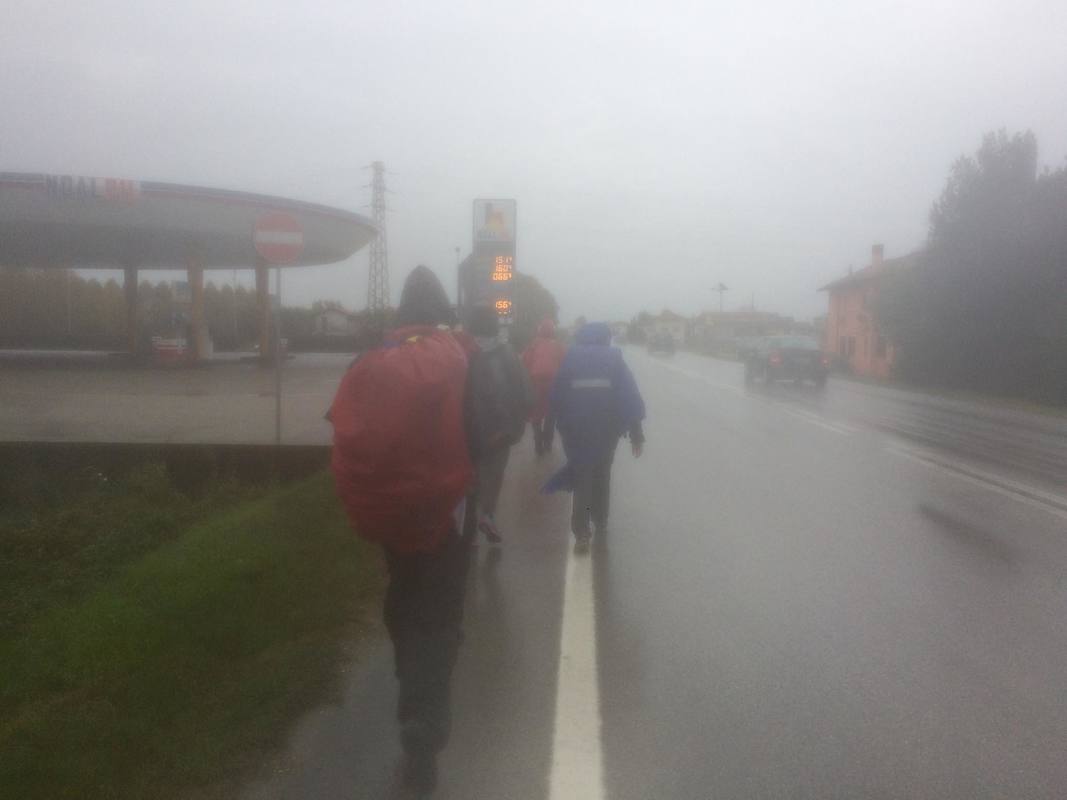
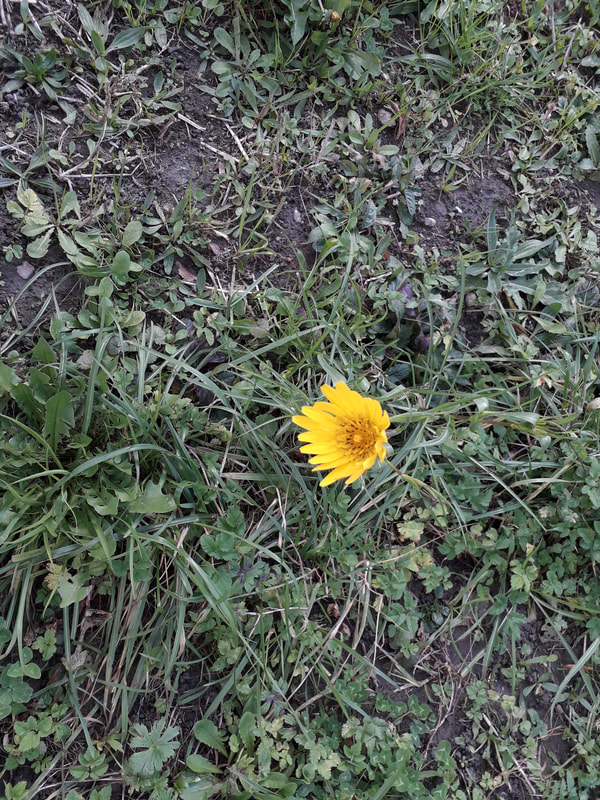
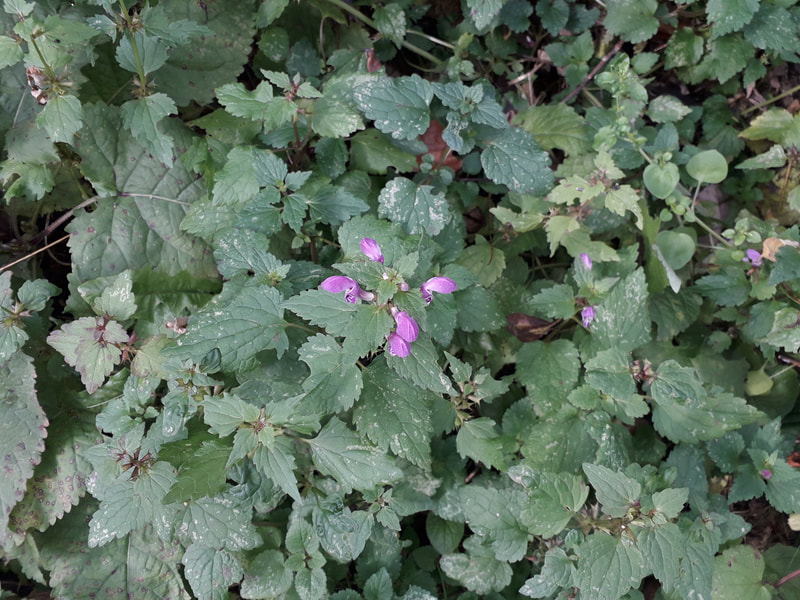
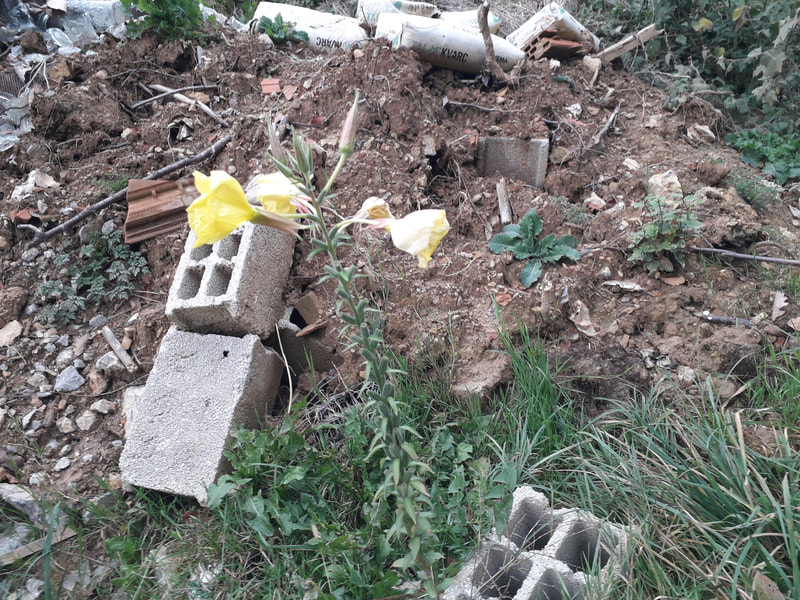
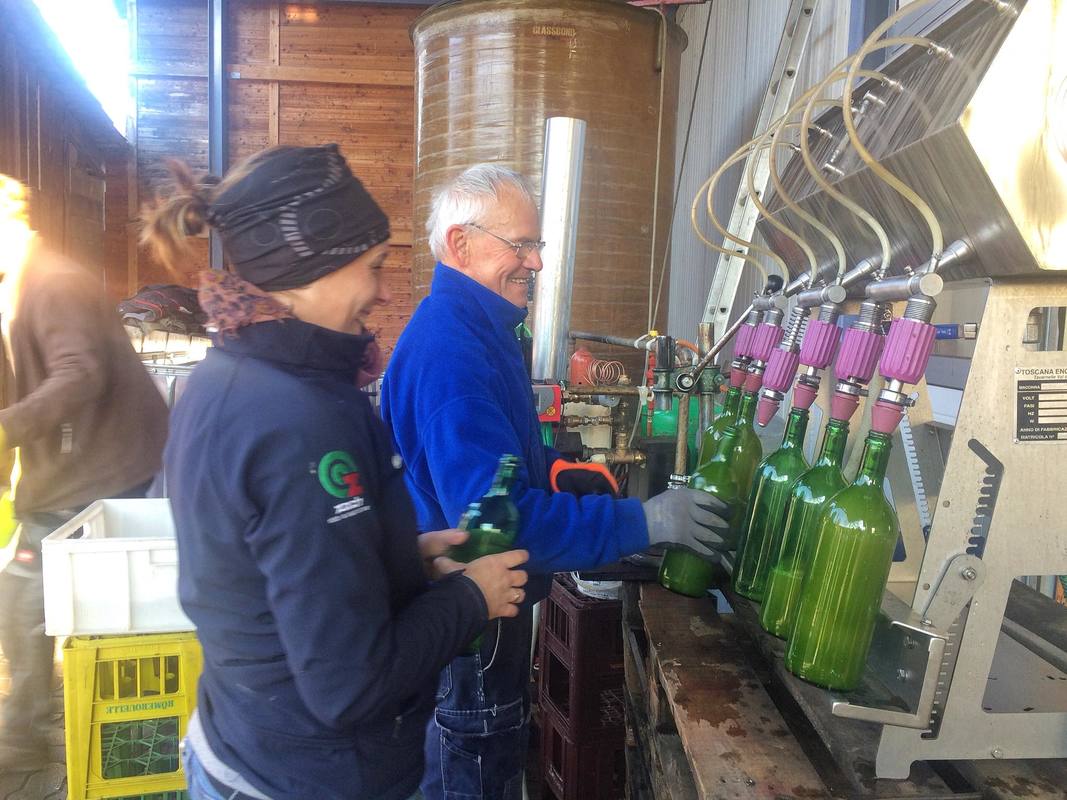
 RSS Feed
RSS Feed